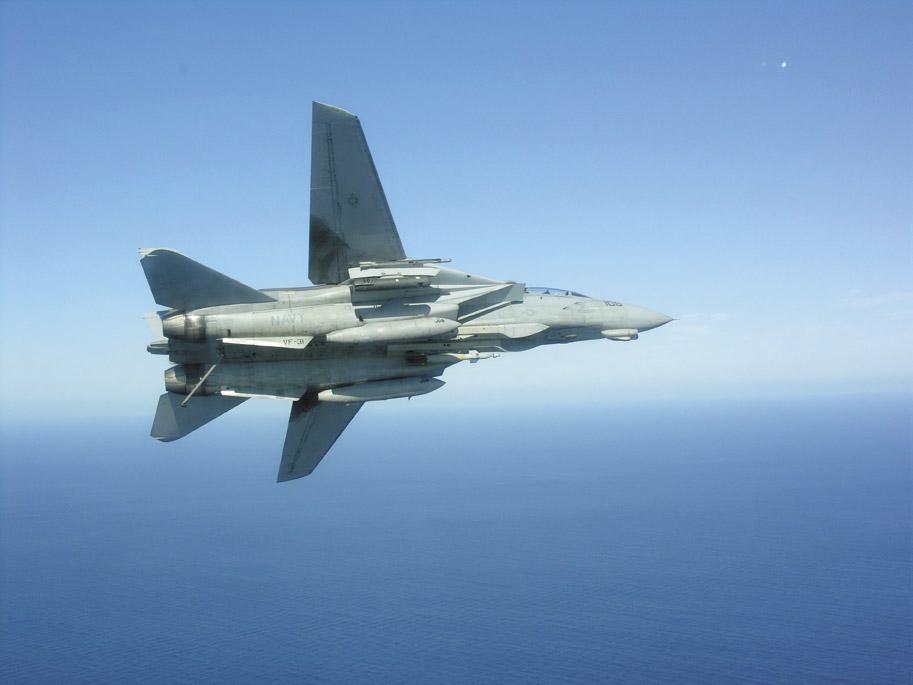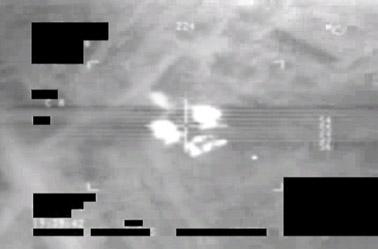
3 minute read
Finding Keys to FOD Prevention and Awareness
By Lt. John Turner
The estimated cost to rebuild a FODed motor is $330,700 at a depot.
Advertisement
One of naval aviation’s greatest readiness degraders is foreign-object damage or FOD. Any maintainer who has experienced its impact is keenly aware that this hazard must be prevented. Doing that requires focusing on prevention and awareness techniques. Sometimes, this effort is easier said than done, but a few tips might help. Let me share a few lessons learned on VF-31’s “Tomcat Farewell Tour.”
We left Norfolk Naval Station for a scheduled Arabian Gulf deployment. During the first day at sea, our aircraft launched from Naval Air Station, Oceana, en route to USS Theodore Roosevelt (CVN-71) for CQs. Maintenance personnel quickly were earning their sea legs. Underway just 12 hours after cycling through aircraft and aircrew, “it” happened: We experienced our first engine FOD.
Although the cause of the FOD remains undetermined, an analysis of the damaged engine led us to suspect a hard object (screw, nut, bolt, washer, etc.) had been ingested. We did a post-flight inspection, but no new aircraft fastener discrepancies were noted, eliminating maintenance procedures as a causal factor. The operating environment was considered; however, pinpointing the origin of the FOD was difficult. The aircraft had been started at NAS Oceana, hot-switched on board the ship, and shut down on the flight deck after the evening CQ. The FOD could have been ingested anywhere.
Our Operation Enduring Freedom (OEF) and Operation Iraqi Freedom (OIF) veterans were ready and willing to answer our nation’s call, but this incident indicated a program failure. Losing aircraft availability
Finding Keys to FOD Prevention and Awareness
to a FOD on the opening day of the Tomcat’s final deployment was not an enviable position. It made us How to Prevent FOD and Increase Awareness rethink our position and look at how FOD affects the Our lessons learned encompass both old and new. Navy. We need to ask ourselves two questions: “What can we learn from this FOD?” and “What can we do to prevent Cost-Wise Readiness a similar occurrence?” Four key steps come to mind. 1. Assess the operating environment. During plan
Time and money are precious resources in carrier ning meetings, our leadership assesses the environaviation. Long gone are the days of “readiness at any ment unique to the mission and notes potential FOD cost.” The new marching orders are “Readiness at the hazards. FOD walkdowns twice per day and prior to right cost. The venerable F-14s have aged considerall engine run-ups (regardless of environmental conably. Our maintenance man-hours per flight-hour have siderations) are the mainstay. Leadership engaged in hovered in the mid-40s over the past three years. Our eliminating FOD should “manage by walking around” oldest F-14D, an F-14A retrofit, was sold to the Navy to identify hazards. This step is the first one in mitigatin 1975. It requires special care to remain an effective ing the risks. combat asset. 2. Communicate FOD awareness and the potential
The 36 man-hours wasted on the FODed engine risks associated with FOD hazards. Discuss FOD and could have been spent on flight-deck operations, its potential for degrading readiness and asset availabilpreventive upkeep, or other maintenance to increase ity at every maintenance meeting. In order to succeed availability and usage rates. The FOD cost us more throughout an arduous inter-deployment readiness than organizational man-hours. The replacement cost cycle (IDRC), we communicated FOD prevention at of a new F110-GE-400 engine exceeds 3.2 million dolevery opportunity. Our maintenance leadership consislars. The estimated cost to rebuild a FODed motor tently asks itself, “What can the organization afford in is $330,700 at a Depot. FOD-induced costs degrade terms of FOD and it’s associated detrimental effects to readiness, are preventable, and must be eliminated. readiness?” 3. Institute a FOD prevention program focused on eliminating the leading causal factor. Our fastener integrity program standard operating procedure (FIPSOP) assigns each work center an area of responsibility to inspect for loose, missing or faulty fasteners. In addition to plane captain daily inspections, CDIs inspect assigned aircraft-panel fasteners before the first launch of the day, followed by a QAR, then the flight-deck coordinator, and finally the aircrew.
We can’t put bombs on target when an engine is FODed. 4. Make sure all hands consciously participate











